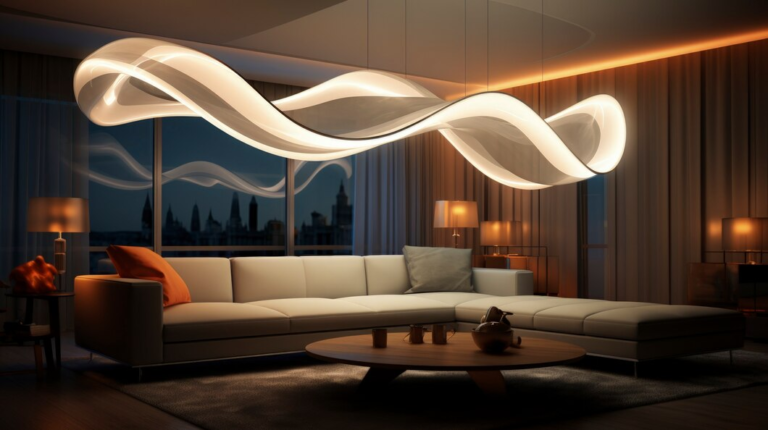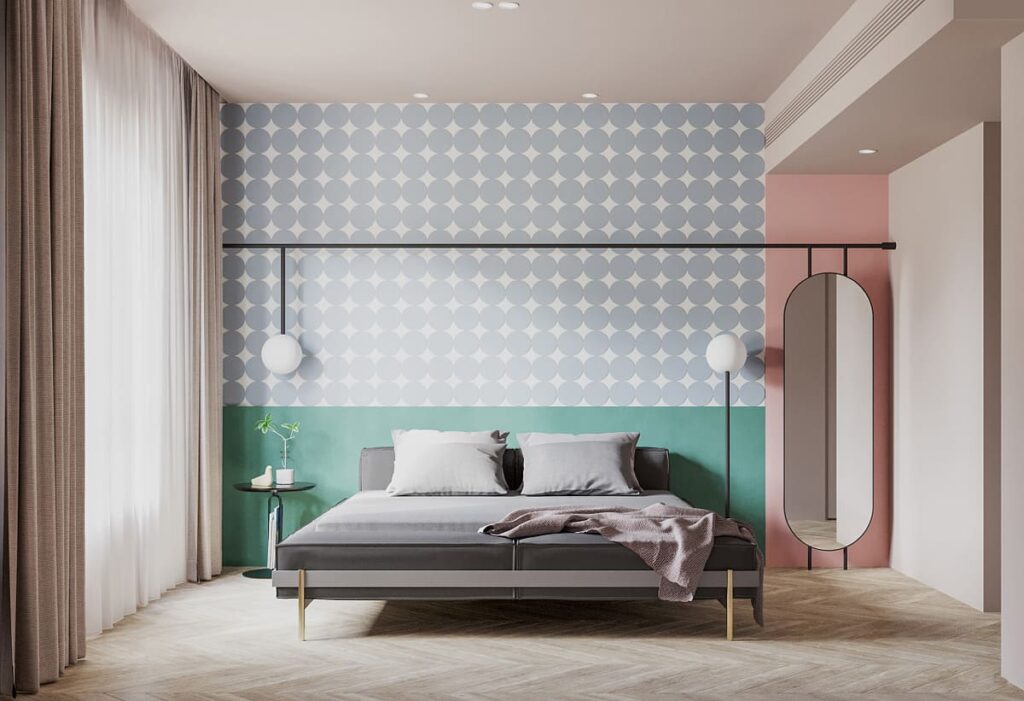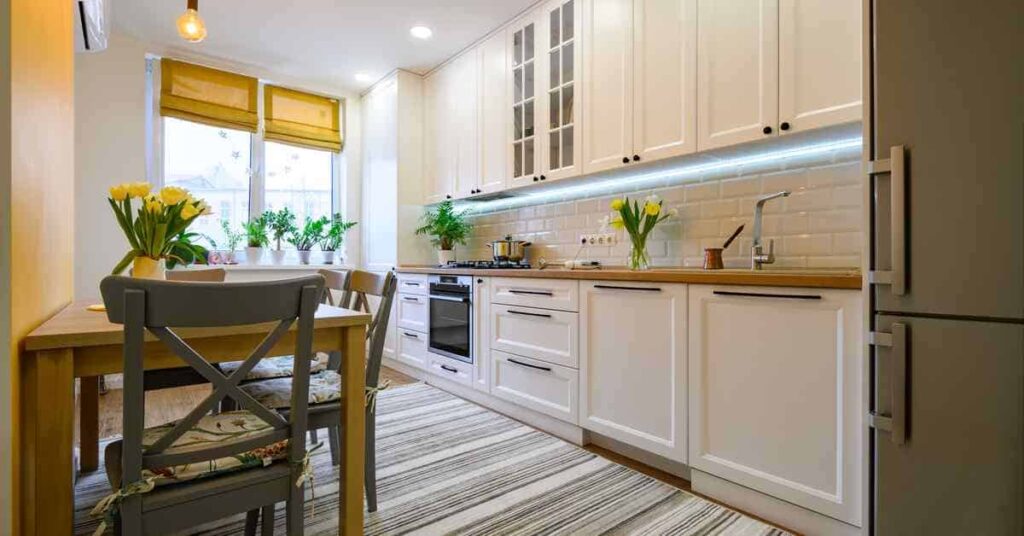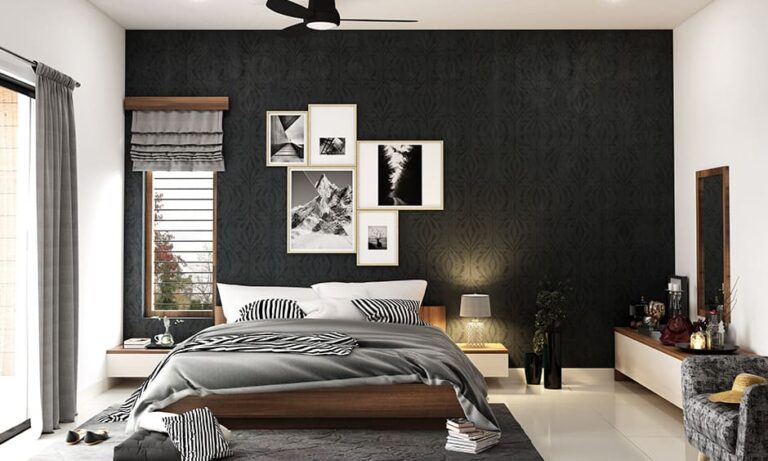Subway tiles are a timeless choice for both kitchens and bathrooms, offering a versatile and stylish way to enhance any space. While the classic horizontal layout is always a safe bet, there are many creative patterns that can add a unique touch to your design. Here are the top 10 subway tile patterns to elevate your space and make a lasting impression.
1. Classic Horizontal
Description: The classic horizontal pattern is the most traditional way to lay subway tiles. This pattern features tiles stacked end to end in a straight line.
Why It Works: This timeless layout creates a clean, streamlined look that works well in both modern and traditional settings. It’s easy to install and complements a variety of decor styles.
2. Vertical Stack
Description: Tiles are stacked directly on top of each other vertically, creating long, straight lines that draw the eye upward.
Why It Works: The vertical stack pattern adds height to a room, making it appear taller. It’s a great choice for small spaces or for creating a contemporary, sleek look.
3. Herringbone
Description: Tiles arranged in a V-shaped pattern, creating a zigzag effect.
Why It Works: The herringbone pattern adds dynamic movement and texture to a space. It’s perfect for adding a touch of sophistication and works well as a statement backsplash or feature wall.
4. Diagonal
Description: Tiles laid out diagonally, creating a diamond-shaped pattern.
Why It Works: A diagonal pattern can make a small space feel larger by drawing the eye across the room. It’s a fresh take on the classic horizontal layout and adds a modern twist.
5. Chevron
Description: Similar to herringbone but with a more refined look, chevron tiles are cut at an angle to create a continuous zigzag pattern.
Why It Works: The chevron pattern brings elegance and a sense of movement to any space. It’s ideal for creating a focal point, especially in a kitchen backsplash or shower wall.
6. Basket Weave
Description: Tiles arranged in pairs or groups to create a woven, basket-like appearance.
Why It Works: The basket weave pattern adds a tactile, textured element to your design. It’s a great way to introduce visual interest without overwhelming the space.
7. Running Bond (Brick)
Description: Also known as the brick pattern, tiles are staggered like traditional brickwork.
Why It Works: The running bond pattern is a classic choice that provides a solid, sturdy look. It’s versatile and complements both rustic and contemporary designs.
8. Crosshatch
Description: Tiles are laid in a crisscross pattern, creating a grid-like effect.
Why It Works: The crosshatch pattern adds a structured, geometric element to your space. It’s an eye-catching design that works well for accent walls and backsplashes.
9. Pinwheel
Description: A small square tile is surround by four larger rectangular tiles, creating a pinwheel effect.
Why It Works: The pinwheel pattern is playful and intricate, perfect for adding a unique touch to your space. It works especially well in smaller areas like shower floors or entryways.
10. Offset Vertical
Description: Tiles are stack vertically but offset, similar to the running bond pattern.
Why It Works: The offset vertical pattern combines the height-enhancing effect of the vertical stack with the visual interest of the running bond. It’s a modern, stylish choice for any room.
Conclusion
Subway tiles are a versatile and stylish option for any home. By experimenting with different patterns, you can elevate your space and create a look that’s uniquely yours. Whether you prefer the classic appeal of horizontal tiles or the dynamic movement of a herringbone pattern, there’s a subway tile layout to suit every style and taste. Use these top 10 patterns as inspiration to transform your kitchen, bathroom, or any other area into a stunning showcase of design.















